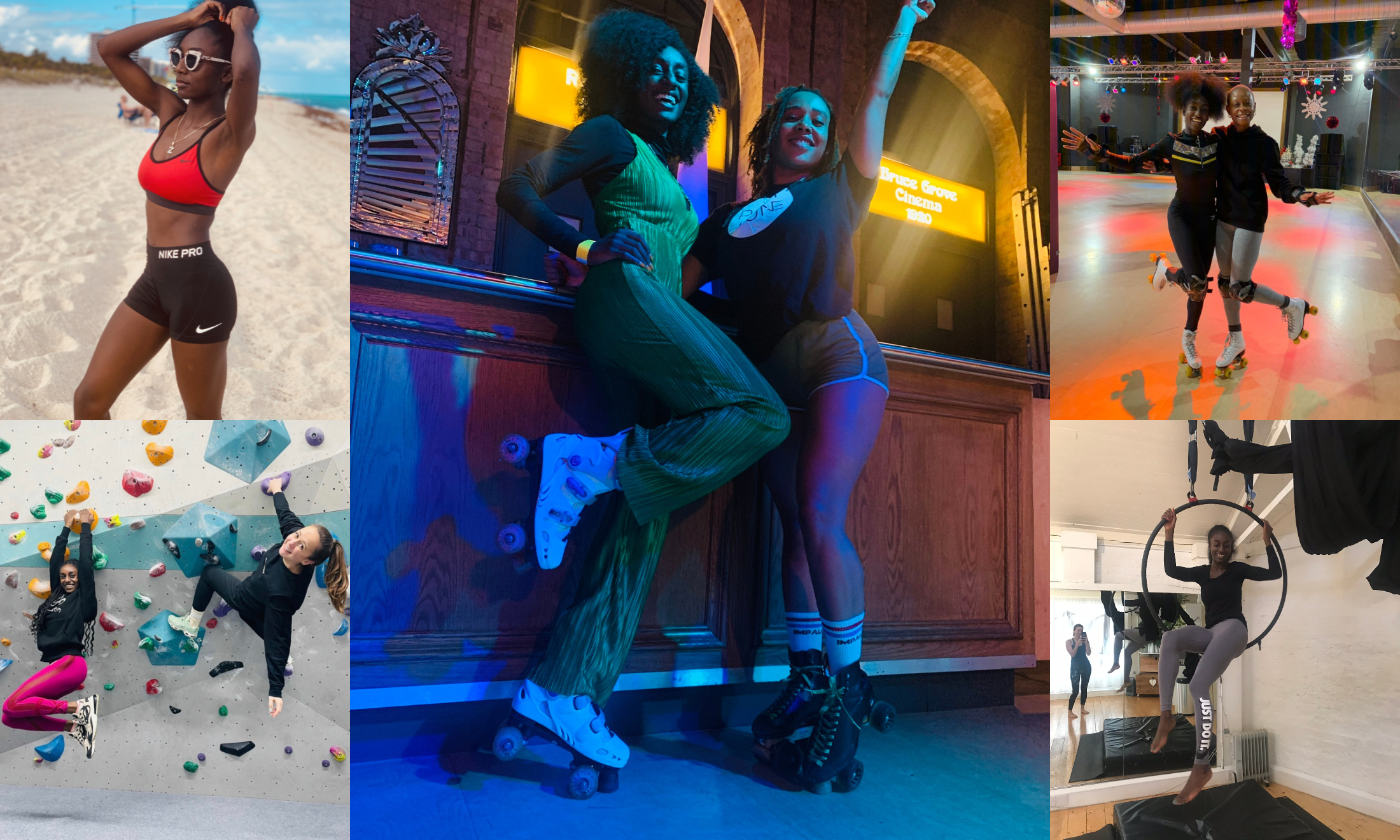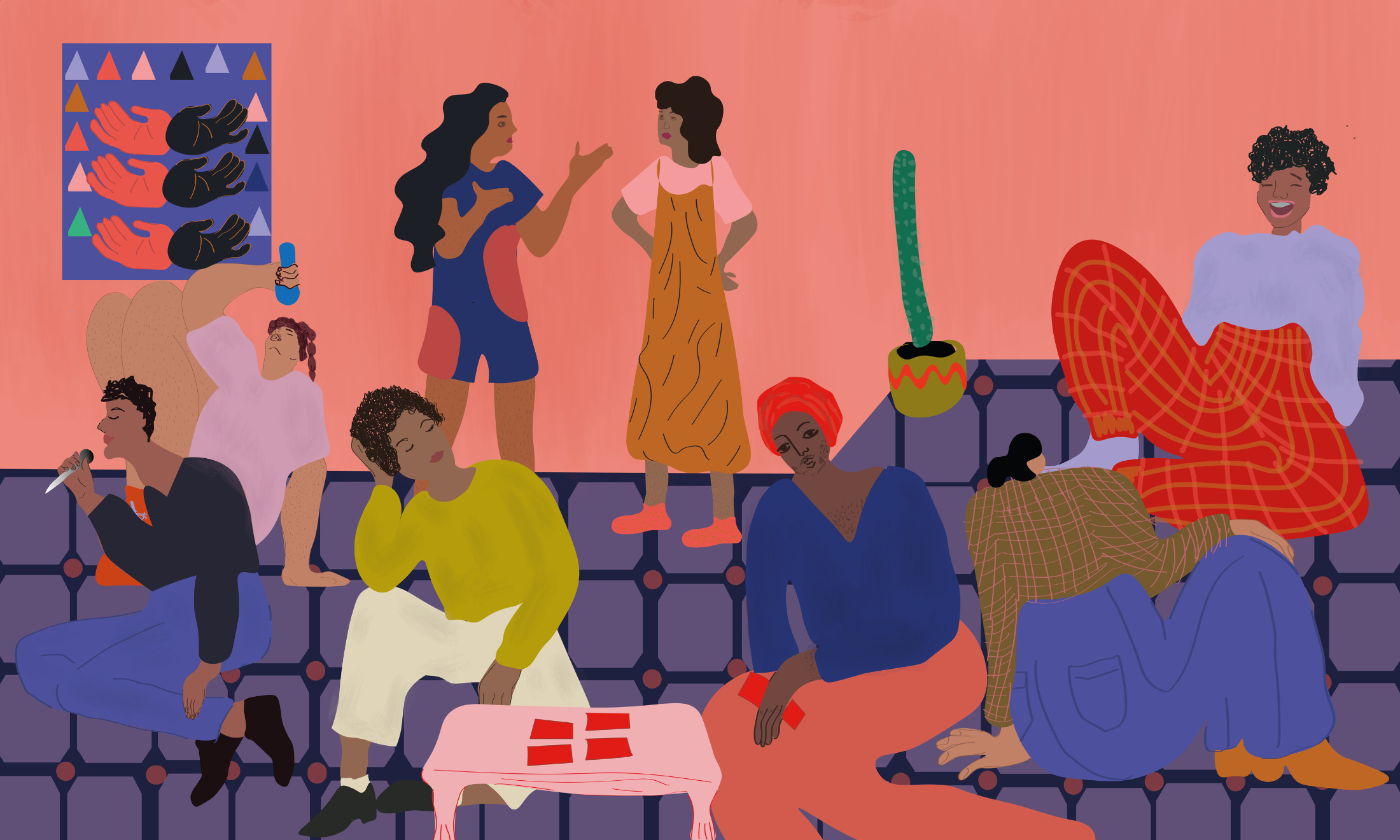
From a very young age, I watched as my teachers performed. Like actresses and actors, they claimed their classroom as their stage, and gracefully recited their monologues to a wide-eyed audience. With such ease, they would stand centre stage and tell us the story of life – how to understand it, how to manipulate it, how to survive it.
I observed in awe, of how they carried the weight of the world on their shoulders so effortlessly. With an innocent heart, I placed every ounce of faith into the palms of their hands. I wanted to know the secrets of the world, but as my eyes scanned the white faces of my teachers, I questioned if I, a young immigrant girl of colour, would know the world as well as they did.
Despite this doubt, the teaching profession kept calling my name. At first, with a faint whisper it said, “think of the kids”. So, I did. Then the whispers became more frequent, and the moments of pure uncertainty began to dissipate. My heart grew more passionate about education, and one day the voice stopped whispering in my ear. With great conviction, it screamed, “it is now or never…because they need you”. The words echoed, and without any reservation, I applied to university with a double major in Childhood and Special Education.
Although my decision to become an educator seems commonplace and undeserving of a dramatic retelling, my identity as an immigrant woman of colour added a few more layers of chaos to an already stressful situation. When becoming a teacher was just a thought in my head, I had the luxury of putting myself first – of understanding the world, and my role in it, for myself. Entering the classroom as a teacher, that luxury flew out the window. Suddenly, 28 seven-year-olds placed their futures into my hands, their twinkling eyes looking to me for guidance.
Looking back on my own academic journey, I did not have a single teacher of colour until I was in middle school, and even then, I had one. White women and men dominated my classrooms, and a pathetic amount of melanin was splattered into my curriculum. I unconsciously absorbed ideals of assimilation and suppressed parts of my identity, ultimately having to navigate a world that was described to me by people who didn’t completely understand me. I had to be the person I needed in my own childhood, for my students.
“I unconsciously absorbed ideals of assimilation and suppressed parts of my identity, ultimately having to navigate a world that was described to me by people who didn’t completely understand me”
Life likes to prove to me repeatedly, however, that theory is different from practice. Before entering the field officially, I read articles on education, I watched documentaries on worldly issues, and I naively believed that I was prepared to be an educator with a concentration on social justice. Boy was I disillusioned. I quickly learned that clear-cut answers could only be found in textbooks, that statistics were simply numerical accounts of a human being’s life, and that the title of an educator doesn’t necessarily imply the individual is educated.
In September, I was assigned to a predominantly white, affluent school for my first placement as a student teacher. The staff directory displayed names and pictures of a primarily young, white taskforce. In the classroom, in the crowd of 28 students, sat only a handful of students of colour. The demographics for diversity were discouraging, but nonetheless, I saw the placement as an opportunity.
I observed the way my cooperating teacher spoke, the way she walked, and the way she connected with her students, with the hopes that I would one day mirror her years of experience. In this first week of being in the classroom, I believed that every teacher placed their students as their priority. That every child, regardless of their predisposed circumstances, would feel accepted within their space. Yet, I was wrong.
I sat there, horrified at how this white teacher, who has been rated highly effective for most of her career, disproportionately reprimanded the students of colour, how she put on an accent when talking to black students, how she constantly credited my accomplishments to my Indian heritage, and most importantly, how she believed she was in the right.
I had always assumed that education was the solution to creating a safer world, but in that classroom, I finally understood that it could all be rendered useless if the educator him/herself was unaware of the nuances of the world. I felt pain in my heart for those students who had to endure such acts of racism, and I felt immense shame for not being in a more powerful position to advocate for them.
I tried telling my peers, but I was met with words of appeasement. I was told I thought too much of the situation, and that “some students truly needed the discipline”. When others start telling you that you are crazy for thinking the things you do, suddenly, you start believing that you are crazy. I saw how easily it was for teachers of colour to feel invalidated, silenced. Fortunately, however, I found a safe space with my supervisor – another woman of colour. Although it was liberating to have that safe space, my heart didn’t feel complete knowing our private talks wouldn’t change the climate of the school.
At the primary level, students are just beginning to form their personalities, shape their thinking, and believe in things greater than themselves. Without the right guide, without representation, and without the right information, these impressionable minds can be easily misled. By no means am I insinuating that white educators are fully to blame, but a lack of diversity in the profession has eradicated an important voice. We can’t keep expecting education to dissolve our fears and anxieties as a society, if we can’t even create spaces for teachers of colour to be heard and thrive.
It isn’t fair to those who pour their heart and soul into the well being of their students, and it definitely isn’t fair to those students who haven’t even had the opportunity to listen to their dreams whisper in their ears.










